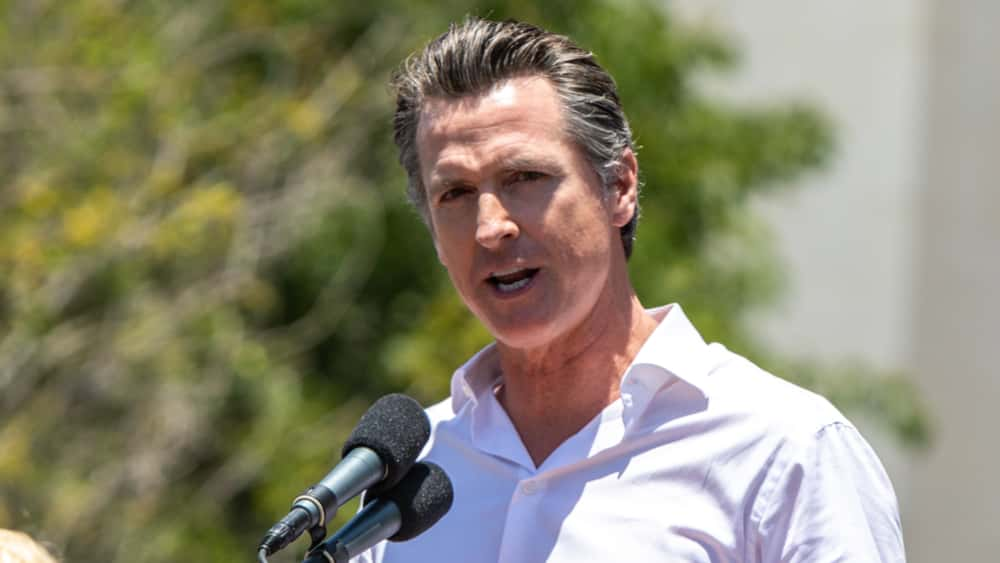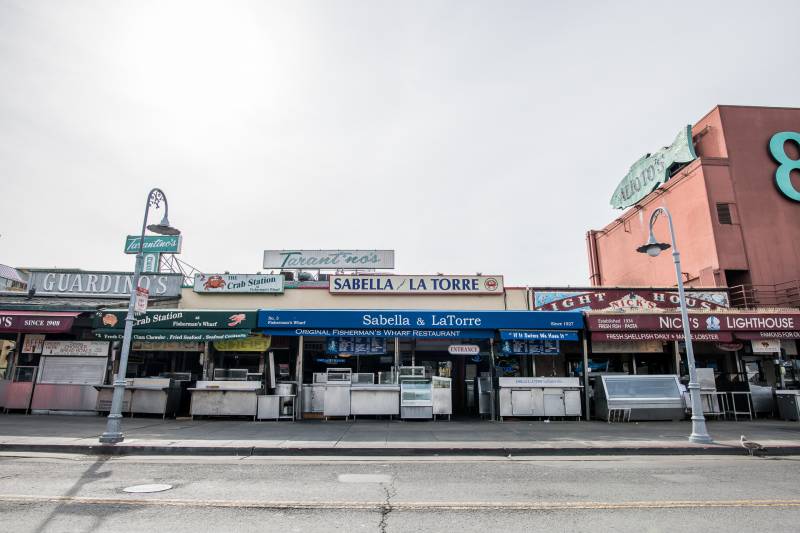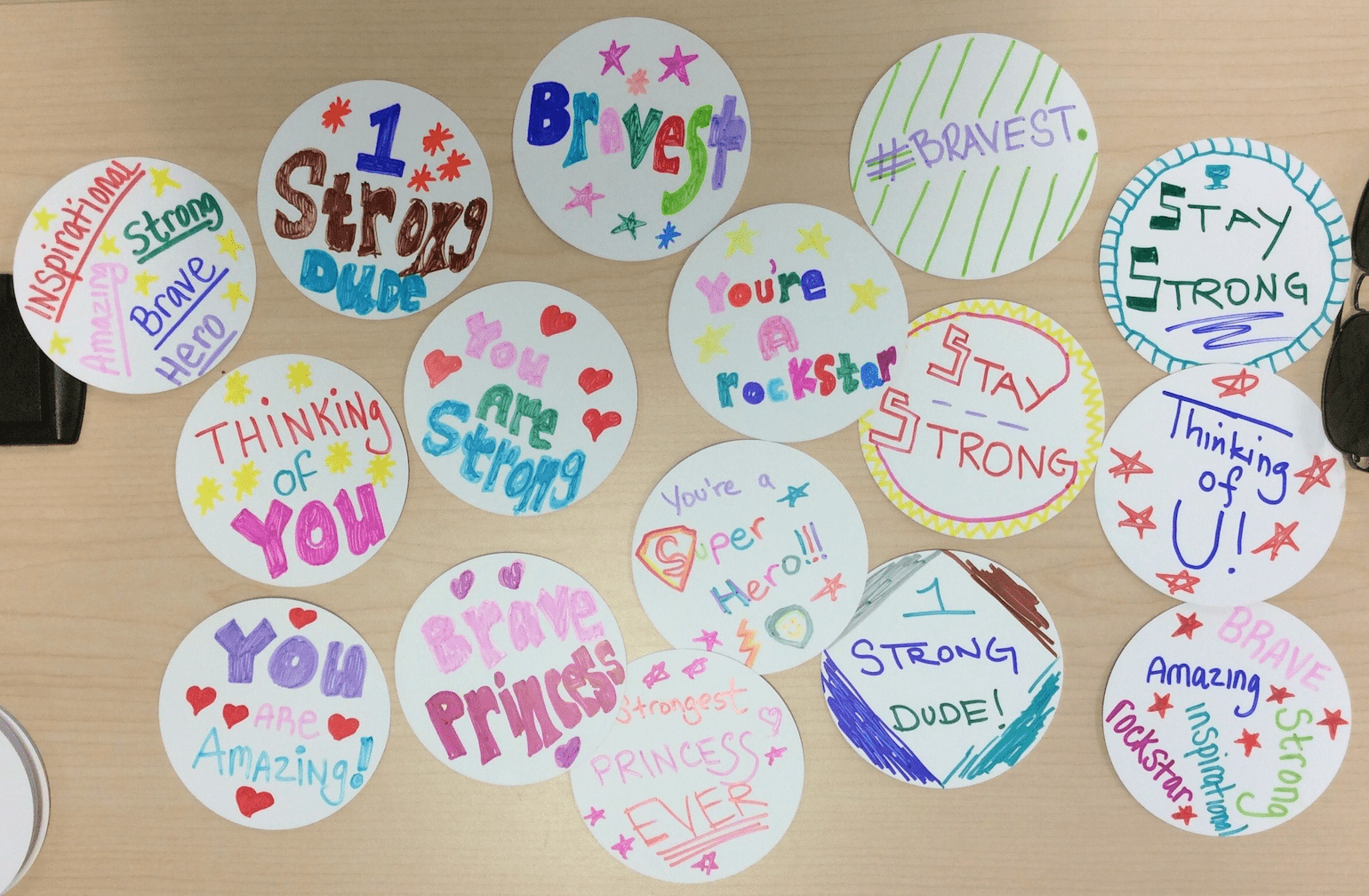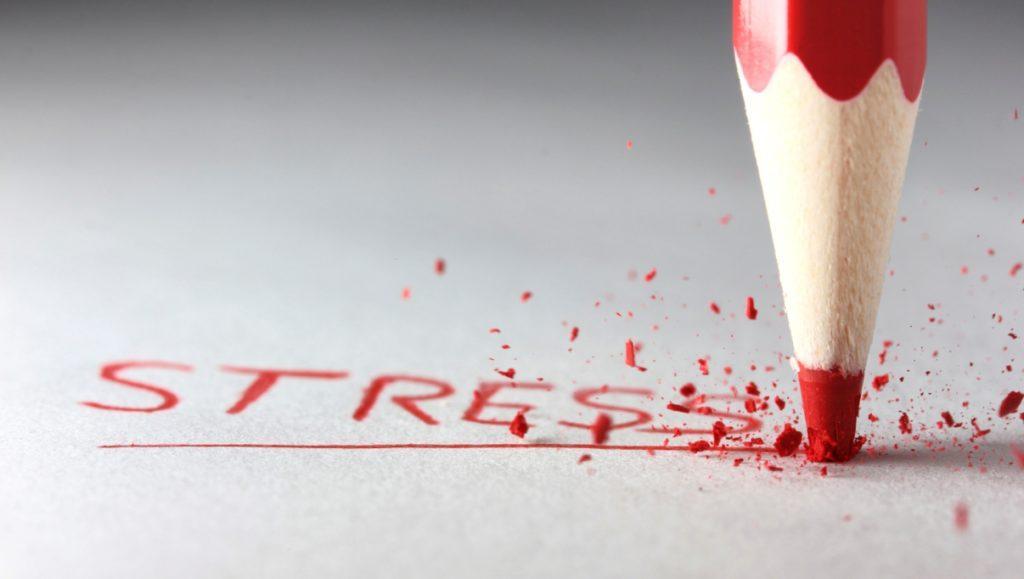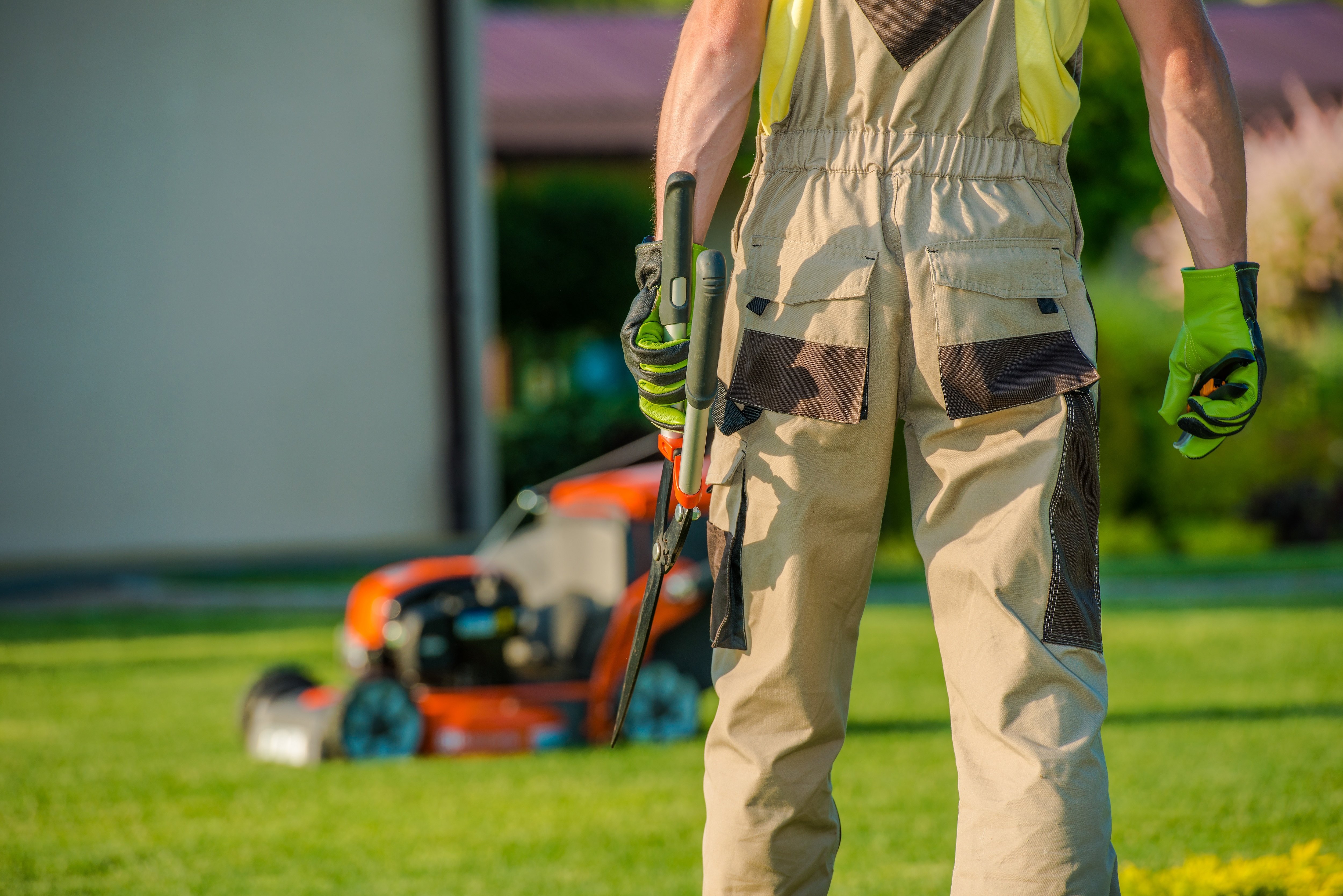Table of Content
Please enable JavaScript or switch to a supported browser to continue using twitter.com. In his recent press briefing, Newsom said he was considering the possibility of a statewide curfew that could draw on examples from Europe and the Middle East. “The COVID-19 pandemic has impacted the lives and livelihoods of many, and as we look toward opening our local communities and economies, we want to make sure that those that have been most impacted have the ability to get back on their feet,” said Governor Newsom. Warehouses should minimize transaction time between warehouse employees and transportation personnel. Retailers should install hands-free devices, if possible, including motion sensor lights, contactless payment systems, automatic soap and paper towel dispensers, and timecard systems. The state has also set up a mechanism to gather input on future industry guidance through theCalifornia Recovery Roadmap survey.
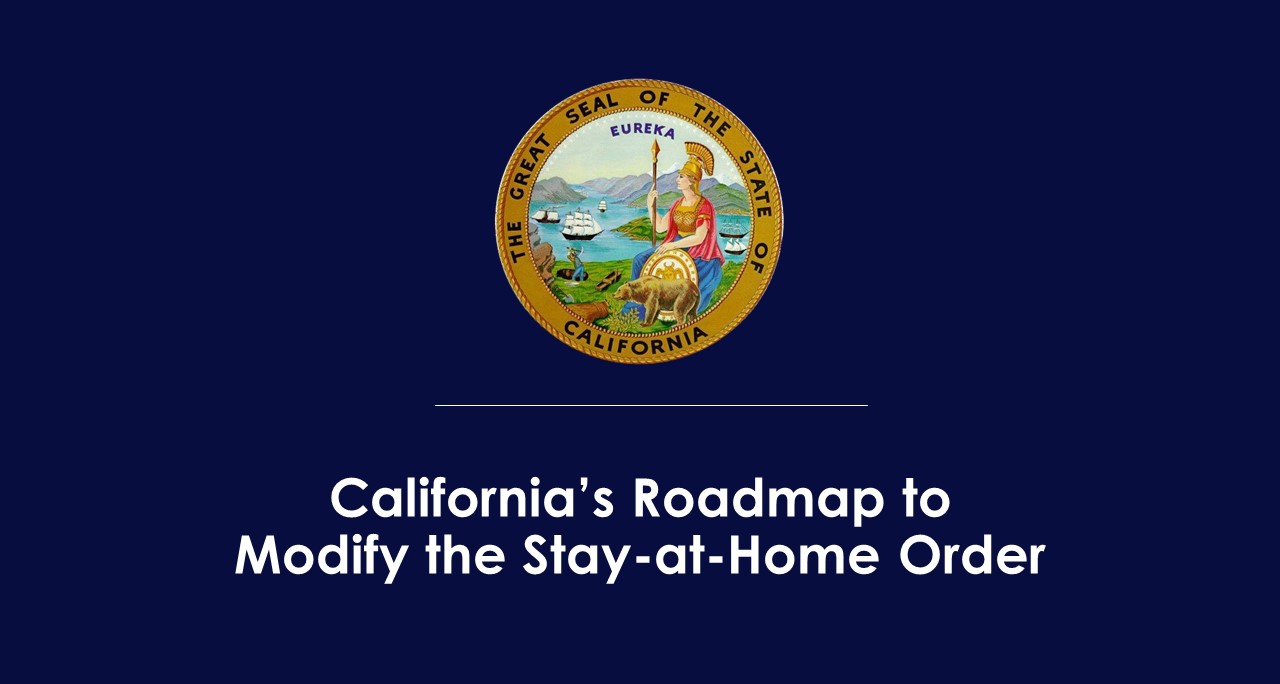
Californians are also encouraged to keep connected with loved ones virtually. The order asks all residents of six Bay Area counties, including San Francisco, Santa Clara, San Mateo, Marin, Contra Costa and Alameda, to remain home as much as possible. It takes effect at midnight and will last until April 7, the order says.
California Gov. Gavin Newsom announces statewide coronavirus 'stay at home' order
The move, the most sweeping by any state so far, was an exclamation point at the end of a week of increasingly aggressive moves meant to keep the virus in check by forcing people to stay away from each other as often as possible. In fact, Newsom’s office confirmed to Deadline late Thursday that film and TV production is exempt from the order, as the entertainment industry’s workers are considered essential. The Governor also signed anexecutive orderthat waives penalties for property taxes paid after April 10 for taxpayers who demonstrate they have experienced financial hardship due to the COVID-19 pandemic through May 6, 2021. Additionally, the executive order will extend the deadline for certain businesses to file Business Personal Property Statements from tomorrow to May 31, 2020, to avoid penalties. The state says it’s using a regional system, in part, because that’s how hospital systems work.

We have a wholesale/distribution business – not a retail business.
Health Facilities
The state will reassess data continuously and move more counties back into a more restrictive tier, if necessary. California is also strengthening its face covering guidance to require individuals to wear a mask whenever outside their home, with limited exceptions. "The supply chain must continue, and Californians must have access to such necessities as food, prescriptions and healthcare," the order said.
They include grocery stores, farmers markets, food banks, convenience stores, pharmacies and other health care providers, news outlets, banks and laundromats. Businesses involved in construction and "essential infrastructure" such as plumbers, electricians, gas stations, auto repair shops and hardware stores also are exempt. Public transportation and utilities will continue to provide service.
Coronavirus Pandemic: Gov. Newsom Issues Statewide Stay-At-Home Order
SACRAMENTO – Today, Governor Gavin Newsom issued a stay at home order to protect the health and well-being of all Californians and to establish consistency across the state in order to slow the spread of COVID-19. After all, if the number of COVID-19 cases were to reach anywhere near the 56 percent figure, he can claim vindication. If, as is more likely, the number of cases is much less than 56 percent, he can claim that it was his stay-at-home order that reduced the percentage. This will set the dangerous precedent that governors can order the general population to stay at home. And, if the governor can order individuals to stay in their homes, can he not also order individuals to leave their homes?
Outdoor dining would no longer be available and retail stores would be reduced from 25 to 20 percent capacity. Governor Newsom announced that the San Joaquin Valley region, along with most of the rest of the state is expected to dip below that threshold some time early this month. If that happens economic restrictions will begin for those three weeks.
It is the third hardest hit state in the U.S., behind Washington state which has 1,376 cases as of 6 p.m. California Gov. Gavin Newsom on Thursday issued a statewide order for all residents to 'stay at home' amid a coronavirus outbreak. On Wednesday, Newsom directed $150 million to go toward local governments for emergency housing and shelter support for homeless individuals. San Francisco officials on Monday ordered the country's first "shelter in place" order. Newsom's order came just after Los Angeles County officials announced a near-lockdown of the county, affecting 10 million residents who were urged to stay home except in cases when they need to go outside for essential needs. Public events have been canceled and bars, dine-in restaurants, gyms and clubs will be closed.

“I can assure you home isolation is not my preferred choice, I know it’s not yours, but it’s a necessary one,” Newsom said at an evening news conference streamed on social media. But, Ghaly warned, if the surge does not stop, “All tools are on the table. We will expose further restrictions” if the tide cannot be turned. Ghaly said that, because of the increased prevalence of the virus, activities we did a month ago are now more dangerous. Los Angeles County Sheriff Alex Villanueva issued a statement via Twitter Thursday night saying he is aware of the order, but will largely rely on the public to comply voluntarily.
The Regional Stay at Home Order would be in effect for 3 weeks after the trigger and instructs Californians to stay at home as much as possible to limit the mixing with other households that can lead to COVID-19 spread. It allows access to critical services and allows outdoor activities to preserve Californians’ physical and mental health. This limited closure will help stop the surge and prevent overwhelming regional ICU capacity.
On Thursday Governor Gavin Newsom outlined a new regional stay-at-home order, as health officials raise concern over a COVID spike amid the holiday season. According to the order, Californians in 16 critical sectors are to continue working. Those include emergency services, energy and food and agriculture. According to the order, Californians in 16 critical sectors are to continue working despite the order. Most businesses and business venues such as indoor malls will be closed to the public.
In light of an unprecedented, rapid rise in COVID-19 cases across California, Governor Gavin Newsom on Thursday announced a limited Stay-at-Home Order. The order requires “generally that non-essential work, movement and gatherings stop between 10 PM and 5 AM in counties in the purple tier.” That means basically every county in Southern California and 94% of the state’s population . One county supervisor in Los Angeles, home to 10 million people, expressed support for opening more businesses in the country.
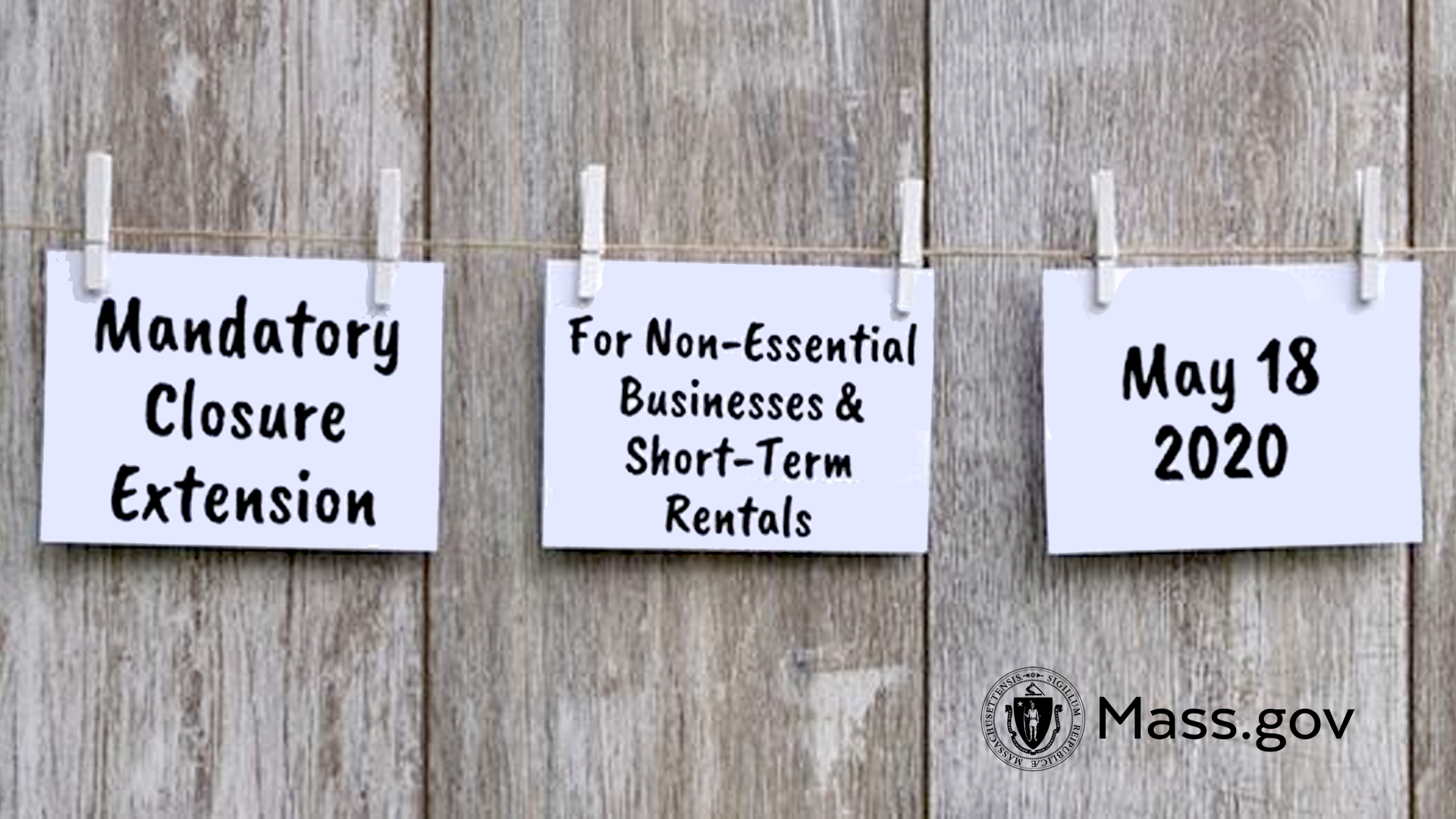
An 11-county Northern California region was never under the order. The state makes the decisions based on four-week projections showing ICU capacity improving, but officials have not disclosed the data behind the forecasts. All Californians must stay at home except to get food, prescriptions and health care, care for a friend or relative, walking the dog and taking outdoor exercise such as walking, running or hiking.
Newsom stressed that widespread behavioral change from Californians is what will truly "bend the curve" of COVID-19 spread. The statewide order went into effect immediately when announced Thursday night and would remain in place "until further notice." More detailed information is available at the state website. Maviglio said that the governor's decision to lift the stay-at-home order is already proving politically costly. Berg is the organizer of "Re-Open Cal Now." The event was aimed at repealing COVID-19 state guideline restrictions. Berg is not part of a Newsom recall campaign, but he predicts it will reach a statewide ballot. SACRAMENTO — Gov. Gavin Newsom is defending his decision to lift the statewide stay-at-home order against criticism it's a move to weaken the recall effort against him.
A subset of provisions that facilitate the ongoing recovery – such as the provision allowing pharmacy technicians to administer vaccinations as the state continues to vaccinate millions of eligible Californians every week – will remain in place. As of the weekend, California has had more than 3.1 million confirmed COVID-19 cases and 36,790 deaths, according to the state's public health website. During the weekend, San Francisco Bay Area ICU capacity surged to 23% while the San Joaquin Valley increased to 1.3%, its first time above zero. The huge Southern California region, the most populous, remains at zero ICU capacity. When the population feels desperate, that is the time when they are most willing to surrender their civil liberties.

